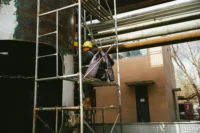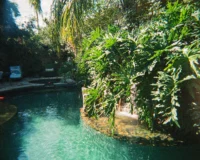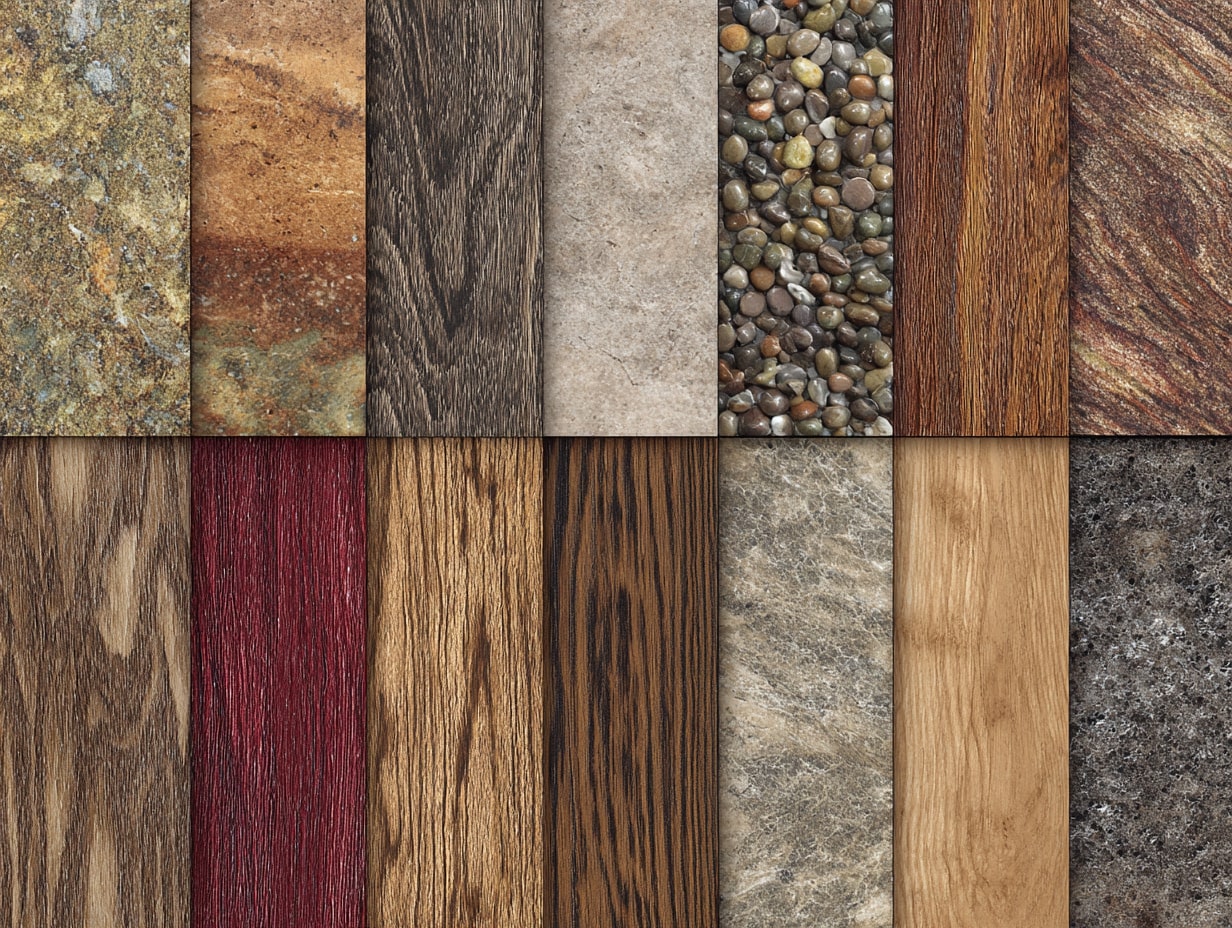- Home
- Articles
- Architectural Portfolio
- Architectral Presentation
- Inspirational Stories
- Architecture News
- Visualization
- BIM Industry
- Facade Design
- Parametric Design
- Career
- Landscape Architecture
- Construction
- Artificial Intelligence
- Sketching
- Design Softwares
- Diagrams
- Writing
- Architectural Tips
- Sustainability
- Courses
- Concept
- Technology
- History & Heritage
- Future of Architecture
- Guides & How-To
- Art & Culture
- Projects
- Interior Design
- Competitions
- Jobs
- Store
- Tools
- More
- Home
- Articles
- Architectural Portfolio
- Architectral Presentation
- Inspirational Stories
- Architecture News
- Visualization
- BIM Industry
- Facade Design
- Parametric Design
- Career
- Landscape Architecture
- Construction
- Artificial Intelligence
- Sketching
- Design Softwares
- Diagrams
- Writing
- Architectural Tips
- Sustainability
- Courses
- Concept
- Technology
- History & Heritage
- Future of Architecture
- Guides & How-To
- Art & Culture
- Projects
- Interior Design
- Competitions
- Jobs
- Store
- Tools
- More
Revolutionizing Building Facade Design: A Blend of Aesthetics and Sustainability
Explore the revolution of architectural facade design in this article, which delves into innovative methods such as kinetic architecture, parametric design, and vertical gardening. Learn how merging aesthetics with eco-friendly principles creates dynamic, energy-efficient structures, contributing to a sustainable future for urban environments.

When we’re talking about architectural design, the facade isn’t just a building’s face. It’s the key element that bridges the gap between a structure’s exterior and interior. It’s the first impression, the initial visual contact we have with a building. But it’s not just about aesthetics; the facade plays a critical role in a building’s energy efficiency and comfort levels.
Designing a building facade requires a delicate balance. It’s where art meets science, where creativity intertwines with technicalities. We must consider materials, climate, cultural context, and the building’s purpose. It’s a complex task, but when done right, it can transform a building into a masterpiece.
In the world of architecture, the facade is the storyteller. It narrates the building’s purpose, its context, and its aspirations. And we’re here to delve into the intricate process of designing an architectural building facade. So, let’s explore this fascinating world together.

Table of Contents
ToggleImportance of Architectural Building Facades
In understanding architectural design, no one can overlook the significance of building facades. These are not just the ‘face’ of a building, but they also serve a number of crucial functions that go beyond aesthetics. We’ll delve into these functions now.
One key role that a facade plays is in energy efficiency. Ideally, a well-designed facade should maximize natural light entry during the winter and minimize it during summer. This can drastically cut down on heating and cooling costs. For instance, a facade facing north in the northern hemisphere will receive less sunlight and would therefore require more artificial heating. A facade optimization aimed at energy savings can be instrumental in making buildings more sustainable and environmentally friendly.
Building facades also significantly contribute to the users’ comfort. They should ideally block out unwanted noises, resist climate impacts, and maintain an overall conducive environment inside the building. A poorly designed facade can lead to discomfort, which could impact productivity in commercial spaces, or the quality of life in residential spaces.
Moreover, facades are often seen as the storytellers of a building. They reflect not just the era and culture they’re built in, but also the building’s purpose. A museum’s facade usually incorporates elements of the culture or civilization it showcases, while a corporate building’s facade may be designed to emanate power and sophistication.
The process of designing an architectural building facade involves juggling between these multifaceted objectives. Architects need to consider not just materials and climate, but also the human and cultural elements involved. A balance between function and aesthetics, art and science, needs to be achieved.
In an attempt to grasp the intricacies of this complex process, let’s start exploring how different aspects like climate, culture, materials, and purpose influence facade design in the next section.

Considerations for Designing a Building Facade
Navigating the complex world of facade design can be challenging, but understanding a few key considerations can go a long way in planning an efficient and aesthetic facade.
Site Analysis
When we talk about site analysis, it’s a multifaceted process. It’s crucial to assess the geographical and structural conditions of the site for optimal facade results. Understanding factors like the site’s orientation, topography, and neighboring structures can contribute immensely to a successful facade design.
Looking at site orientation, we can determine the sun’s path. The facade should ideally be planned to maximize the benefits of natural light for energy savings, without compromising the thermal comfort of building occupants. Topography also comes into play as it influences the amount of sunlight a building receives.
Proximity and zoning of neighboring structures affect the approach to the design too. A visually appealing facade design may incorporate complementary elements to nearby structures or explicitly differentiate for a unique identity.
Environmental Factors
When we dive deeper into the designing process, the environmental footprint of our building cannot be overlooked. The facade design greatly influences a building’s energy efficiency. When it comes to environmental factors, the focus lies chiefly on two aspects- local climate and material selection.
Local climate plays a striking role in facade design. Cold climates may require a facade with higher insulation values, whereas warmer climates may benefit from shading mechanisms and high-performance glazing. However, it’s not only about temperature. Humidity, rainfall, wind conditions, and other climatic aspects each have a part to play.
Material selection for the facade, on the other hand, swings between function, aesthetic appeal, and sustainability. Materials can range from conventional ones like brick, stone, or glass to contemporary options like composite panels and high-performance glass. But whatever the selection may be, it should align with the goals of energy efficiency, user comfort, and sustainability.
Keeping in mind the above points about site analysis and environmental factors, it becomes apparent why a thorough understanding of these elements is vital.
Stay tuned for the upcoming sections, where we delve further into the intricate details of architectural facade design.
Elements of a Well-Designed Building Facade
As we dive deeper into the topic of architectural facade design, let’s explore some of the key elements that contribute to a well-designed building facade.
Materials
A cornerstone for any successful facade design is the selection of materials. It’s not just about the visual impact—though that is certainly important—but also about the practical considerations. The choice of facade materials directly impacts energy efficiency, the building’s sustainability, and the comfort of its occupants. Be it wood, metal, glass or composite materials, each carries its own energy properties and aesthetic potentials.
We might choose traditional materials like brick and stone for their durability and timeless appeal, or opt for modern alternatives such as aluminum or glass for a contemporary aesthetic and light-enhancing qualities. Engaging a clear understanding of these materials sets us up for a strategic facade design that is efficient, sustainable, and visually alluring.

Texture and Patterns
Next up is the integration of texture and patterns in the facade. They bring a level of sophistication and depth to a building’s exterior. Textures, whether smooth, rough, or anything in between, can significantly influence the perception of a building. They can be created through the material itself, as with the grain of wood or the roughness of brick, or through special techniques and treatments.
Patterns, on the other hand, add a geometric aspect to the facade. Patterns can be achieved through repetition of shapes, lines, or colors, impacting how we perceive the size and dimension of a structure. From a simple, elegant grid to complex fractal designs, patterns can transform a plain surface into a captivating visual presentation.
Color and Lighting
The final elements we will discuss are color and lighting. The color of a building facade has a profound effect on the visual characteristics of the structure, setting the tone and mood. Color can be used to emphasize architectural features, blend a building with its surroundings, or make a bold statement. Light pastels, neutrals or bright, bold hues – the palette choice is infinite, yet is an instrumental part of facade design.
Lighting, meanwhile, plays an essential role in defining the appearance of a building during the night. It’s about more than illumination; strategic lighting can dramatically enhance a building’s architectural features, create contrast, and reinforce the overall design concept. Whether through accent, ambient or task lighting, understanding the power of illumination will enable us to produce a more dynamic, visually engaging facade.
As we continue to probe into the art and science of facade design, these elements are fundamental stepping stones for building a unique, efficient, and captivating architectural facade.
Innovative Approaches in Building Facade Design
As we push forward into the dynamic world of architectural design, innovative approaches have made certain to leave their mark. Innovation isn’t just a buzzword around here—it’s the pivot around which all great facade designs currently rotate and evolve. Top firms are relentlessly pushing boundaries, testing materials, experimenting with forms, and rethinking time-honored practices to revolutionize the visuals of our built environment.
One ground-breaking stride in this realm is the utilization of kinetic architecture in facades. Kinetic facades, like those at Al Bahar Towers in Abu Dhabi, feature operable components that move in response to environmental changes. This ingenious adaptation delivers a blend of sustainability and visually dynamic motion, shifting pattern and shade throughout the day.
Further, Parametric design has propelled facade design onto a different level. This form of design, fueled by algorithms and data, enables architects to create more complex, performance-driven forms. It’s at the heart of the visually stunning facades at works like the Morpheus Hotel in Macau and Zaha Hadid’s Heydar Aliyev Center in Baku.
The adoption of vertical gardening on facades is another lasting innovation that we’ve seen take hold across the globe. These living, growing facades, known as green walls or bio-walls, offer various benefits—from improving air quality to insulation and energy efficiency.

Finally, contemporary facade design is seeing a revival of traditional materials being used in radical ways. Ancient construction methods are being revisited with modern principles giving rise to incredibly creative facades. One instance is the rammed earth facade of Moriyama House in Tokyo.
Whether it’s the fresh use of old materials or the application of cutting-edge design methodologies, innovative solutions are key to creating unique, efficient, and fascinating architectural facades. As we continue to explore the sophistication in today’s architectural facade design, three things have become clear:
- Innovation is the cornerstone of tomorrow’s design landscape.
- The marrying of sustainability with aesthetics delivers top-notch results.
- In challenging tradition and breaking boundaries, we find the pulse of genuine, forward-thinking design.
Engaging with these innovative approaches, our understanding and incorporation of materials, texture, patterns, color, and lighting in facade design are bound to climb to new heights.

Conclusion
Taking a step back, let’s recognize the profound implication of these innovative design approaches on modern architecture. Architects aren’t just creating visually striking buildings; they are pushing the boundaries of what’s possible, blending aesthetics with sustainability.
We see how kinetic architecture introduces a dynamic element. Facades aren’t set in stone anymore, they move, they breathe. This living architecture responds to environmental cues, embodying the marriage of function and form.
In this vein, we have *parametric design. Dynamic, data-driven, this method takes into consideration multiple aspects. Weather conditions, sunlight patterns – everything feeds into the design, fostering a fluidity that’s remarkable. It allows architects to create sustainable, energy-efficient buildings without compromising on visual appeal.
But it’s not merely about high-tech advancements. Sometimes, brilliance lies in tapping into our roots and appreciating the wisdom of our forefathers. That is evident in the revival of traditional materials. What’s old is new again, from reclaimed wood to natural stone, reinventing these materials in novel, eco-friendly ways brings a rustic charm to modern structures.
Where does life figure in our urban jungles? Vertical gardening answers that clarion call, transforming drab grey walls into living, thriving green spaces. These gardens reduce the urban heat island effect, purify the air, and bring a touch of nature to stark modern landscapes – all while enhancing the aesthetic appeal of the building.
We are seeing a shift in the architectural landscape. It’s not just about creating a structure anymore, it’s about creating a sustainable, living entity that resonates with its surroundings.
As we progress further into this realm of architectural feats, we look forward to the ripple effects stemming from such profound innovations. How will they shape our cities and our lives? We’ll delve into those questions in the sections to come.
Submit your architectural projects
Follow these steps for submission your project. Submission FormLatest Posts
Nature-Inspired Innovation: Biomimicry in Architecture
Biomimicry in architecture: a practical guide to nature-inspired design delivering 30–60% energy...
Green Architecture Explained: Designing for a Resilient Tomorrow
Green architecture explained through resilience: practical ways to cut carbon, improve health,...
Top Sustainable Surface Materials Every Designer Should Know
Explore sustainable surface materials with a designer-ready scorecard: carbon, toxins, durability, circularity,...
Eco-Friendly Floor Coverings: Smart Choices for a Greener Home
Eco-friendly floor coverings made simple: discover sustainable materials, trusted certifications, and room-by-room...












Leave a comment